The Last of Us Part II is gaming’s most bold and impressive sequel

2013’s The Last of Us is my favourite video game ever.
It pushed the medium in an exciting new direction narratively with its straightforward story focused on the relationship between smuggler Joel, and Ellie, a 14-year-old girl that is immune to a mutated Cordyceps infection ravaging the earth and turning humans into zombie-like creatures.
More importantly, it often forced the player into uncomfortable situations in an effort to make them feel something while playing. Though The Last of Us was far from the first game to pull on players’ heartstrings in a unique way, Naughty Dog’s PlayStation 3 swan song felt like it pushed gaming into a new era where the emotions the player feels are just as important as visuals and gameplay. Since then, several other titles have been created in this same vein, with a few notable examples being the PlayStation 4 reboot of God of War, Uncharted 4 and, even more recently, Red Dead Redemption 2.
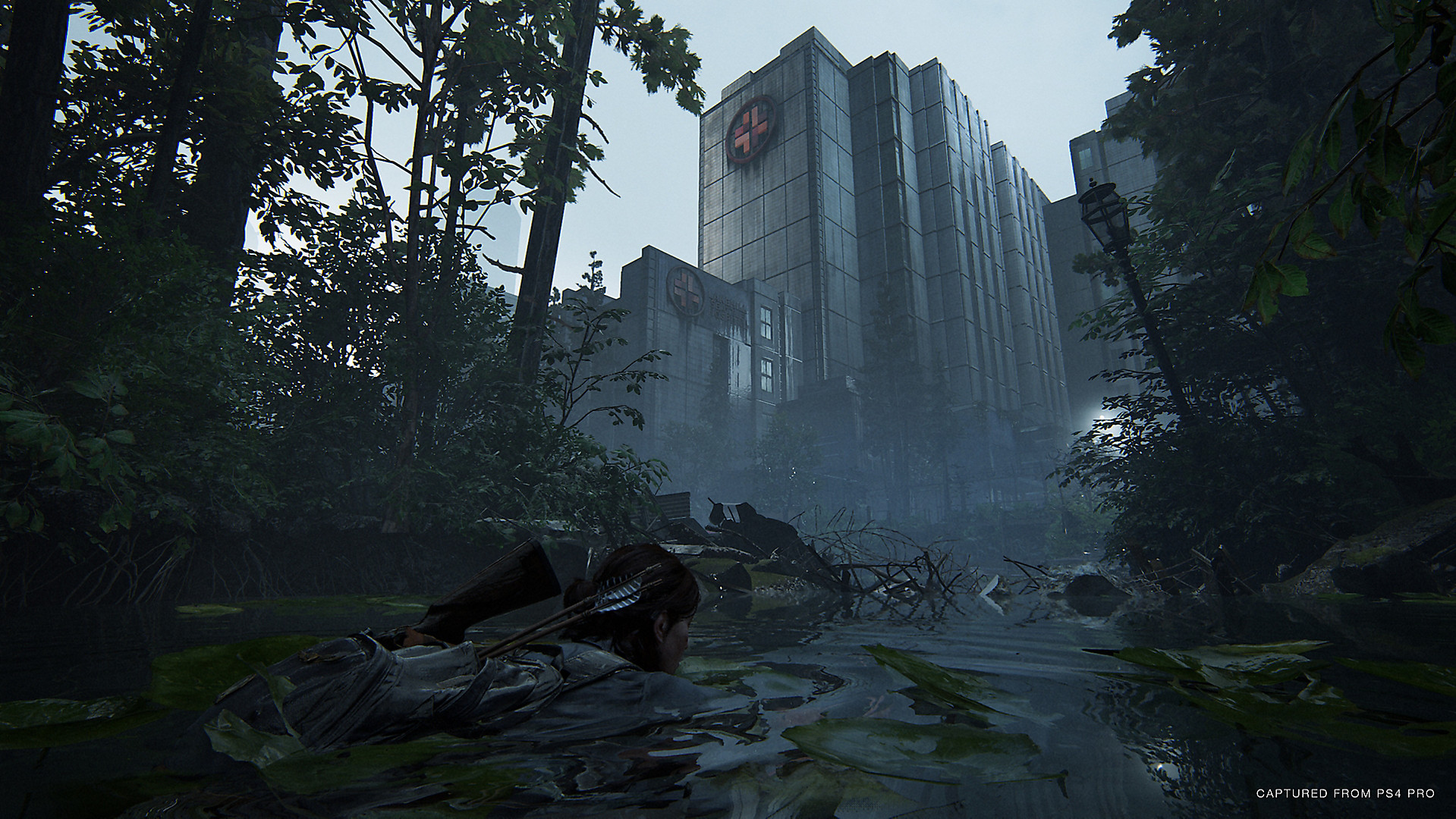
Fast-forward seven years and thankfully, The Last of Us Part II (TLOU2) lives up to its predecessor and in several ways, actually manages to surpass it.
Given how much of the enjoyment of Naughty Dog’s latest epic comes from its story’s shocking twists, unexpected turns and the way its narrative unfolds from multiple perspectives, it’s impossible to delve into details without discussing spoilers, which I’m avoiding entirely in this story.
But make no mistake: Neil Druckmann and Halley Gross, the two lead writers behind the game, did not play it safe with Ellie’s tale of revenge and the title’s effort to offer commentary on the cycle of violence, which could turn off some fans of the series. That said, by the end of the experience, I genuinely cared how the story would end for each of TLOU2‘s characters and how intricate relationships would play out, especially Ellie and her girlfriend Dina.
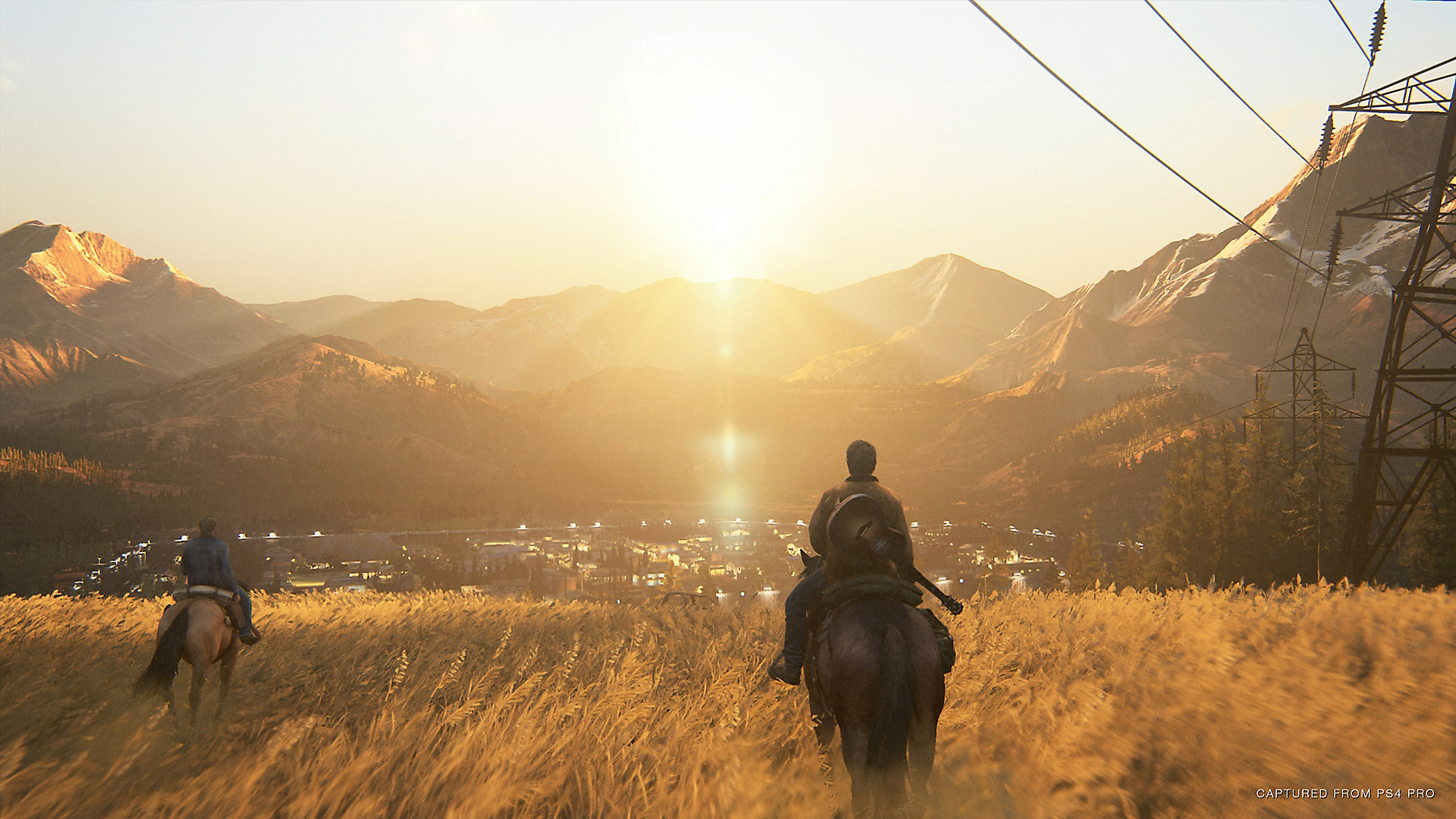
It’s worth noting there were instances where I missed the simplicity of The Last of Us’ straightforward plot and character development, especially towards the end of the game. The Last of Us Part II is bigger than the first The Last of Us regarding design and story, which while exciting, can also be to its detriment as the narrative weaves its multi-layered tale of revenge, especially during the latter half of the title.
Though much of the backlash surrounding leaked story details seems to primarily be coming from fedora-clad sexist bigots, there will also likely be at least some portion of The Last of Us fans who won’t be happy with the game’s narrative because it doesn’t take the direction they want or expect.
While I understand this perspective to an extent, I’d urge fans to approach the story with an open mind because the leaks don’t do The Last of Us Part II’s narrative justice and are, in some cases, entirely wrong. In short, it’s not Naughty Dog’s job to bend to what you specifically want to see from the game. Contrary to what some might already assume despite not playing TLOU2 yet, the game handles all of its characters with respect and ultimately comes to a conclusion just as satisfying as its predecessor’s.
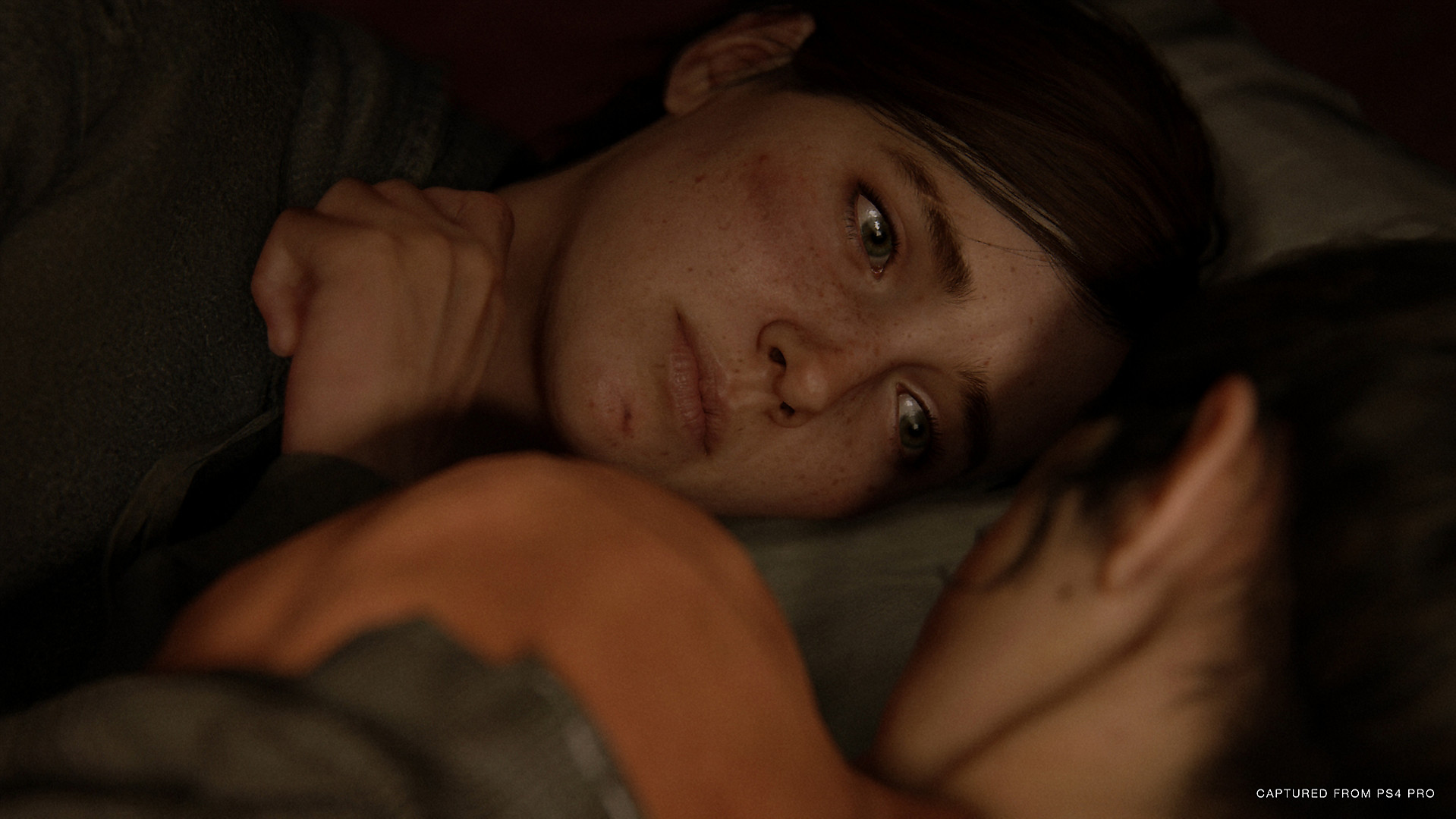
Beyond its compelling story, The Last of Us Part II’s gameplay is also a leap above the first game. In fact, I’d even go so far as to say the TLOU2‘s gunplay is the best I’ve ever encountered in a third-person shooter. Ellie feels overall more responsive, and the ability to jump and go prone opens up several exciting gameplay opportunities.
For example, if you’re aiming to play TLOU2 more stealthily, lying prone in the grass and surprising your foes is immensely satisfying. Some environments also feature platforming elements thanks to the new ability to jump. While jumping isn’t as fluid as what you’d experience in other third-person action games like the recent Tomb Raider titles or Uncharted 4, the ability adds much-needed maneuverability to gameplay.
The Last of Us Part II’s environments are much more expansive than the first game in terms of scope and what you’re capable of doing in them. If you want to play stealthily, there are several options at your disposal. Craft a silencer for your pistol and take enemies down with carefully placed headshots, or swim underwater, crawl into tall grass and stab enemies from behind after tracking their movement via the game’s ‘Listen Mode’ system. Thankfully, unlike most titles that place emphasis on stealth, TLOU2‘s gameplay doesn’t fall apart when you’re discovered; simply backtrack, hide for a brief period and regroup.
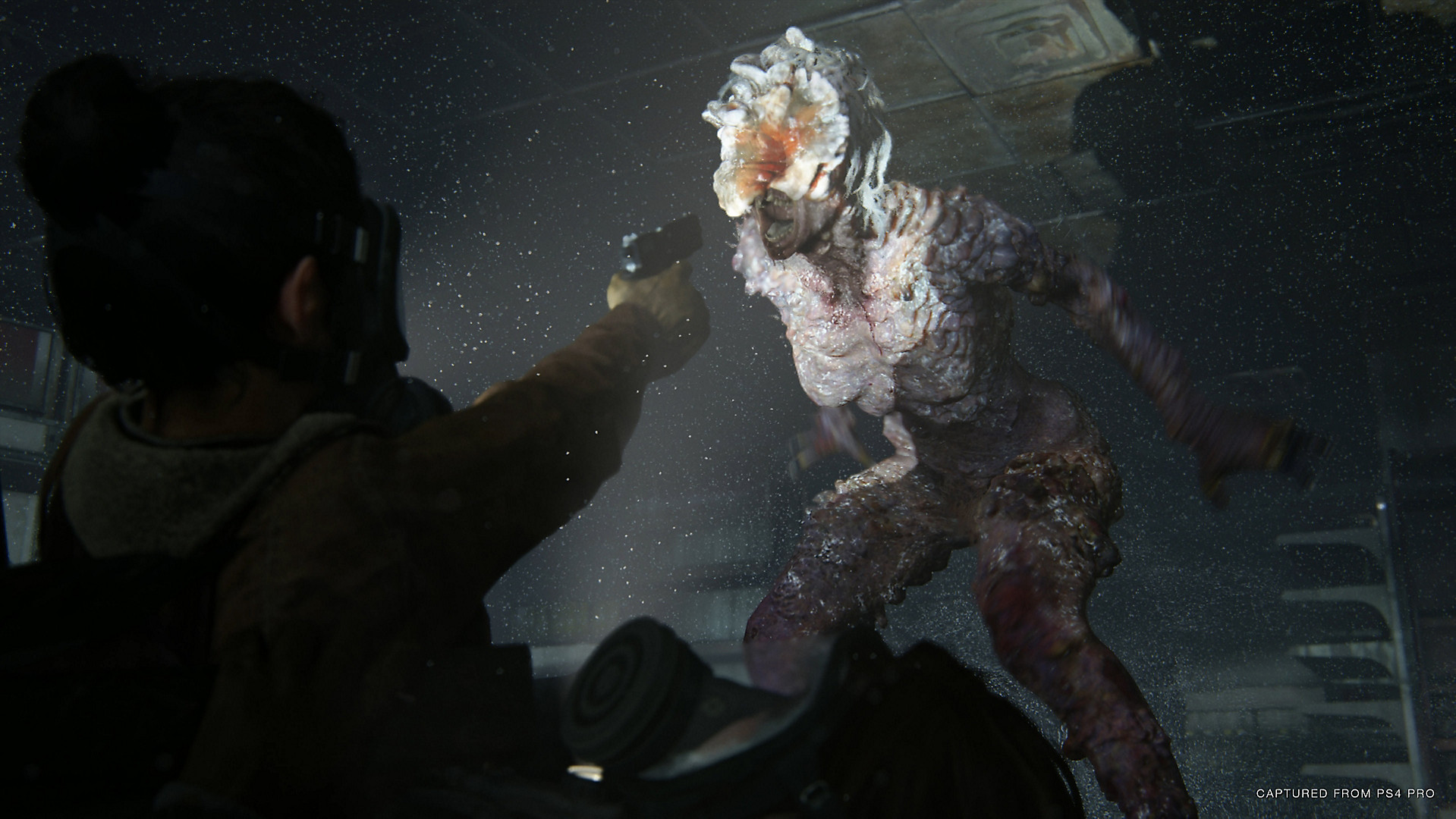
On the other hand, if you want to go in guns blazing, TLOU2‘s gameplay is still compelling. However, you likely won’t end up encountering some of its more interesting stealth mechanics, including bombs, smashing bottles to distract enemies and carefully placed arrows. Some enemy shots, whether from guns or a bow, will even knock Ellie to the ground, forcing you to aim from an awkward position that adds to the game’s tension.
Speaking of weapons, each of the TLOU2′s guns, including the hunting rifle, pistol, bow and more, feel distinct and are suited to specific situations. If you need to take down enemies in close quarters, it makes sense to pull out the shotgun, but if you’re taking a silent approach to combat, the bow or a silenced pistol is the weapon you’re after. The upgrading system for both weapons and Ellie also gives the game a much-needed sense of progression I don’t feel was quite as apparent in the first The Last of Us.
The addition of new enemies, including the terrifying ‘Stalker,’ manage to make some sections of the game feel like a survival horror title. This offers a welcome change of pace and wasn’t something I expected out of the sequel. Imagine creeping slowly down the hall of a derelict building, hearing a faint growl that sounds something like the combination of a ‘Clicker’ and a ‘Walker,’ turning, shining your flashlight in the direction of the noise, and seeing nothing there, only to be randomly attacked five minutes later by a Stalker that has been hunting you.
Continuing with combat, TLOU2′ two warring factions, the Washington Liberation Front (WLF) and the Seraphites (Scars), approach firefights in distinct ways. For example, the WLF feel like a smarter take on the first The Last of Us’ roaming groups of bandits. They’ll flank and hunt you with surprising intelligence, rushing Ellie when you’re low on ammo or in the process of healing and will back off when you’ve taken down several of their comrades. These enemies once again feel like real people and not AI drones, given that they’ll often cry out in anguish when you take down one of their friends, just like foes did in the first game.
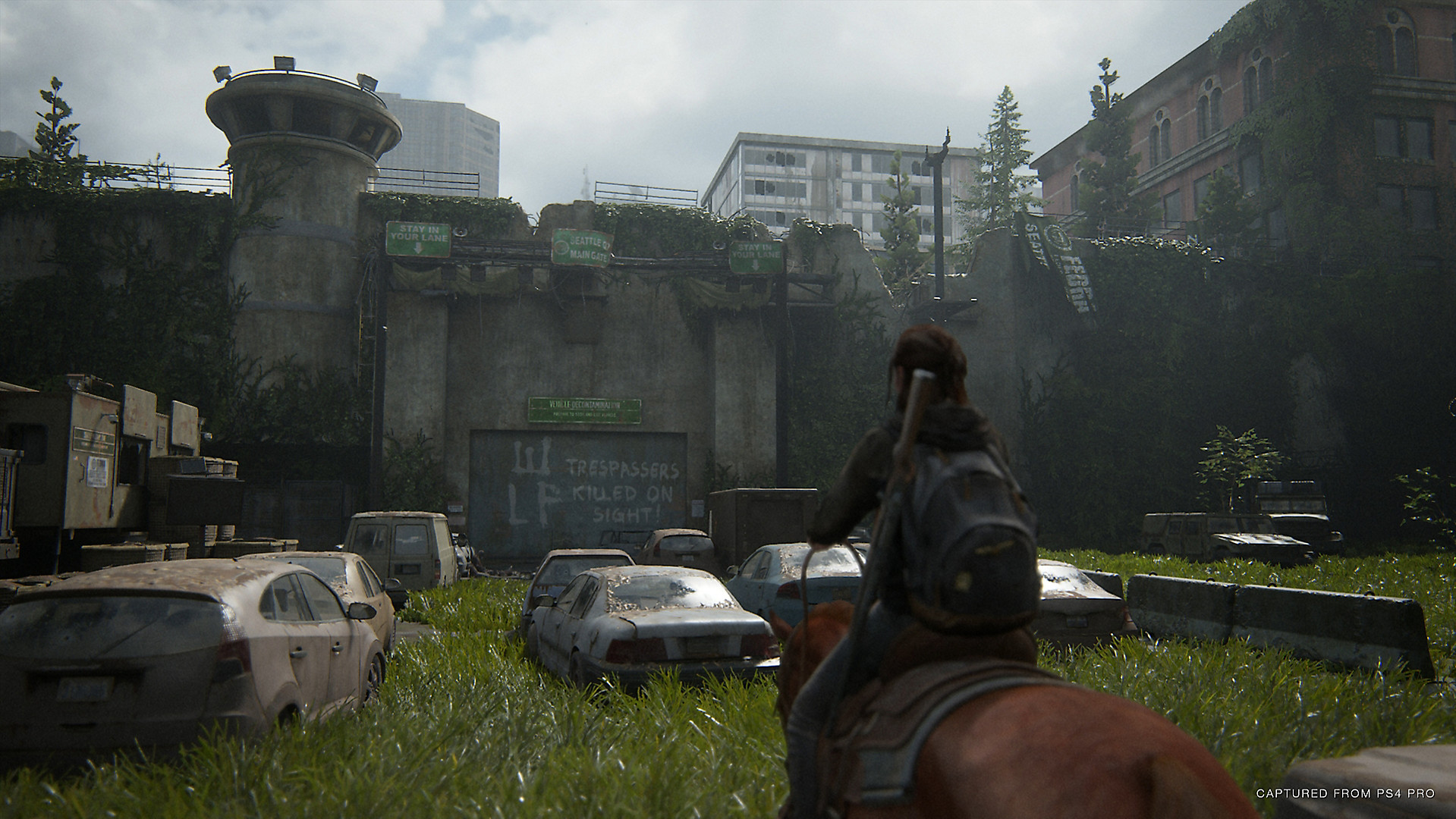
By comparison, the Seraphites are more stealthy, use bows and primarily communicate through whistles. This difference between the two factions helps keep combat fresh and entertaining throughout the entire experience.
While The Last of Us Part II’s environments are sprawling and huge, they’re still thankfully streamlined. However, there is an open section towards the start of the game featuring Ellie and Dina that allows the player to explore and decide what they want to do next. This location is full of moving moments that give context to their relationship and is very reminiscent of Left Behind, The Last Of Us’ excellent DLC.
One of the other great things about the game is that its auto-save system is excellent. TLOU2 expertly logs progress after pivotal battles, so you never feel like you need to do much backtracking, which is great if you’re like me and die a lot but aren’t interested in continually retracing your steps.
Visually, The Last of Us Part II looks incredible and is the perfect send-off for the PlayStation 4. The game runs smoothly in 1440p on the PS4 Pro, though at times, the console does sound like a helicopter as its fans spin up. The subtle details many have come to expect from a Naughty Dog title like impressive facial animation, realistic movement and city environments full of ample foliage following the continued downfall of modern civilization, are all stunning. Even the rampant anti-aliasing issues that have plagued video games with this generation of console aren’t present in TLOU2.
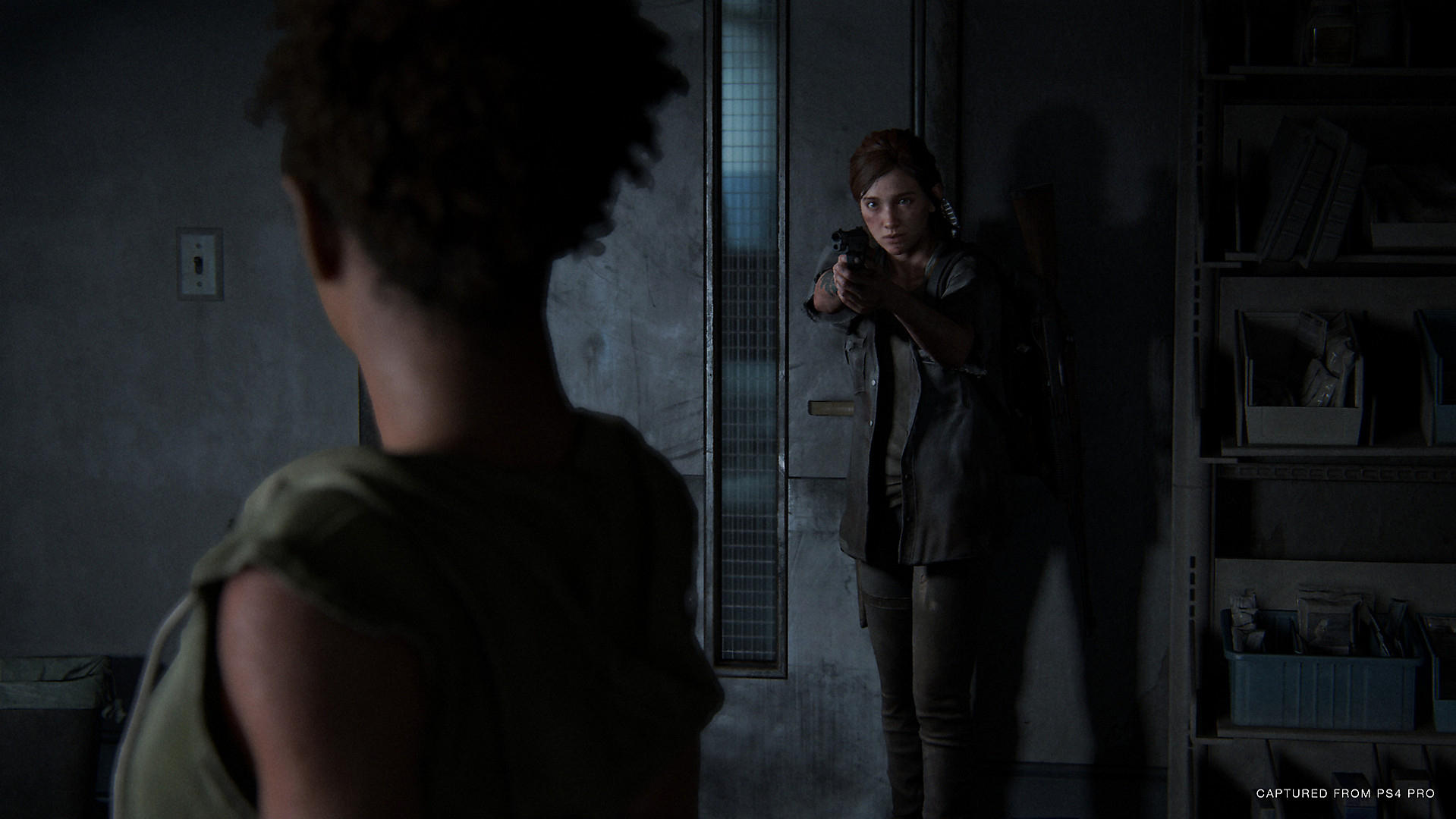
Character performances, including Ashley Johnson reprising her role as Ellie, and Troy Baker returning as Joel, as well as several other familiar and new faces like Laura Bailey’s mysterious key character and Shannon Woodward as Dina, are excellent and on par with what you would expect from a critically acclaimed film.
Overall, TLOU2 is the best looking PS4 game ever and perhaps the most graphically impressive video game of all time.
One of the most compelling things about The Last of Us Part II is coming to terms with how much Ellie has evolved since the first game. She’s a few years older, stronger and her combat skills have improved significantly. She’s also willing to turn to disturbing, often uncomfortable levels of violence to get what she wants. While often unsettling, this extreme gore never feels out of place in the dark world of TLOU2 and instead, is another example of the game evoke feelings few other video games have attempted before. Ellie carries both intense guilt and rage, which the game does an excellent job of unpacking throughout the roughly 25-hour experience.
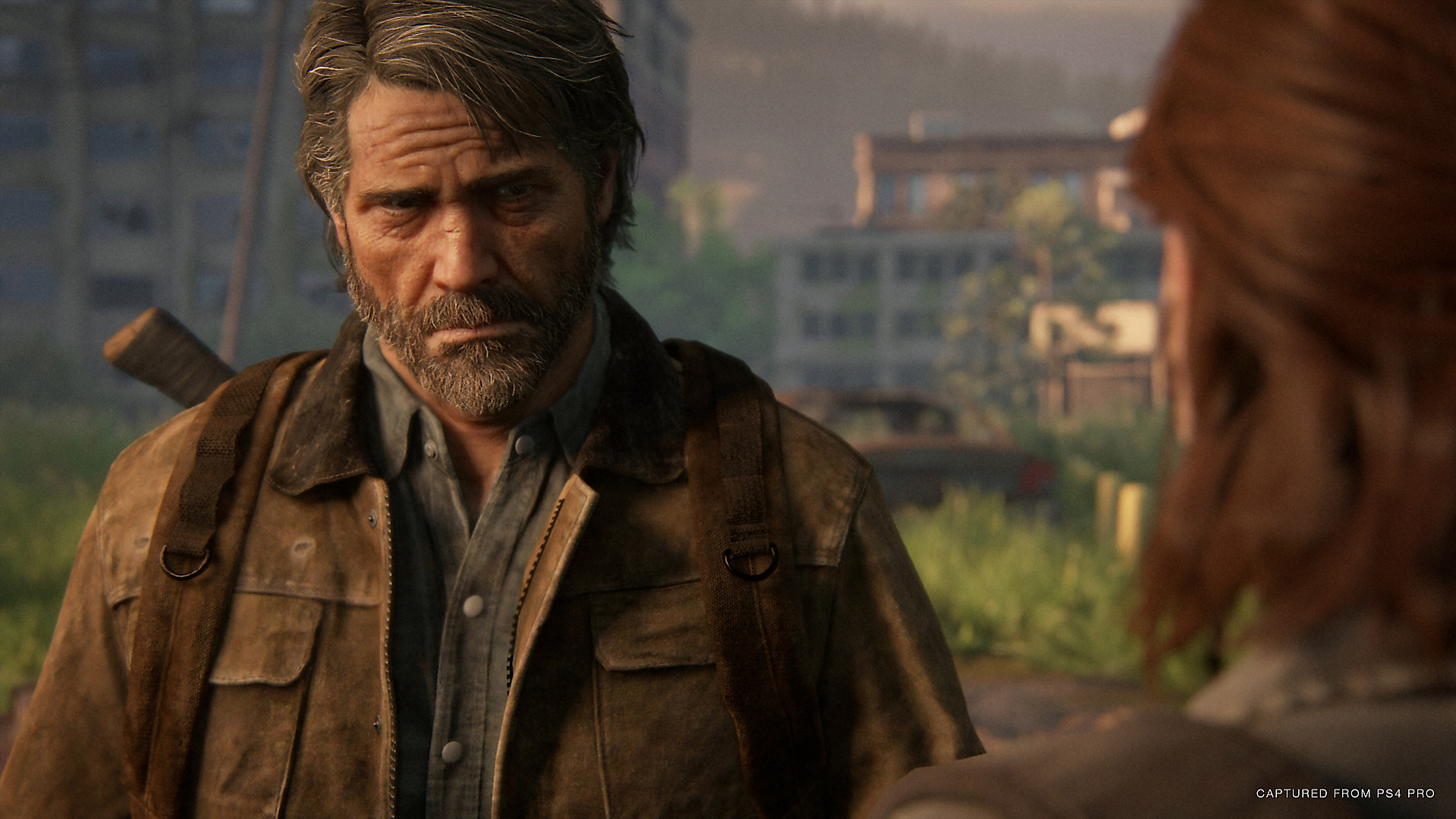
The direction Druckmann and Gross take TLOU2 in is brave, surprising and at times, shocking, amounting to the best sequel to a narrative-driven video game ever.
The Last of Us Part II is set to release on June 19th exclusively for the PlayStation 4.
For an in-depth look at TLOU2’s gameplay, check out Brad Shankar’s story about why the game is the best action-adventure title he’s ever played. A spoiler-filled SyrupCast focused on the The Last of Us Part II, as well as my interview with Naughty Dog vice-president and creative director Neil Druckmann, is also going live on June 19th.
The post The Last of Us Part II is gaming’s most bold and impressive sequel appeared first on MobileSyrup.
from MobileSyrup https://ift.tt/2B59aHy
Labels: MobileSyrup
0 Comments:
Post a Comment
Subscribe to Post Comments [Atom]
<< Home